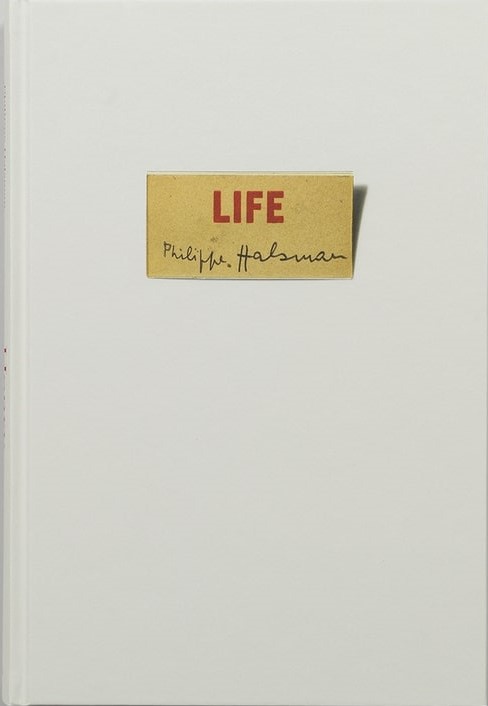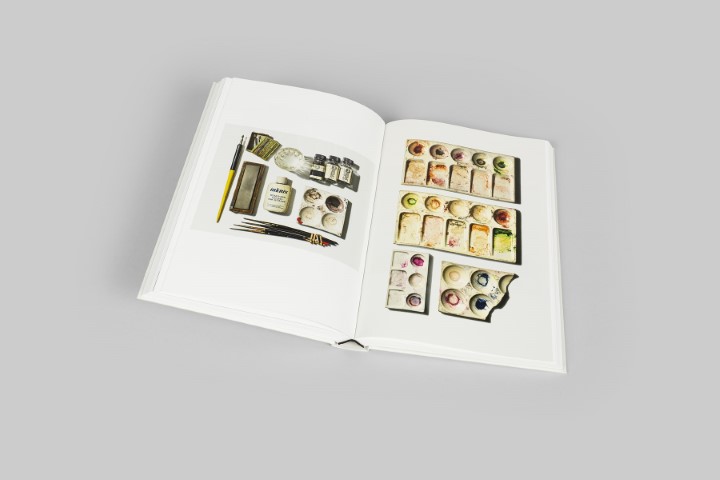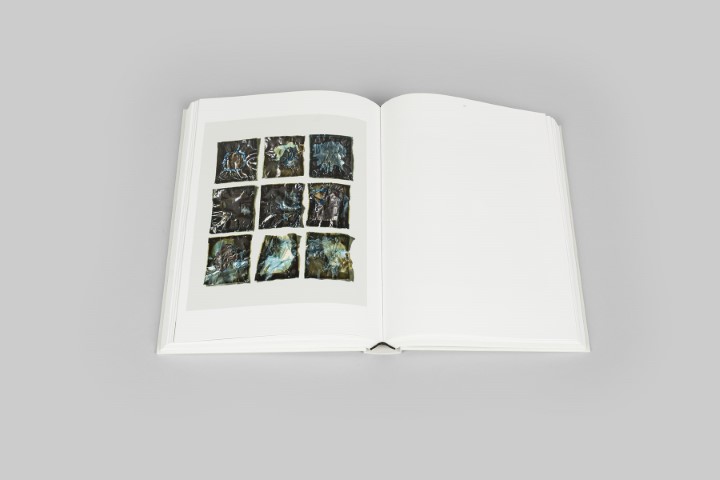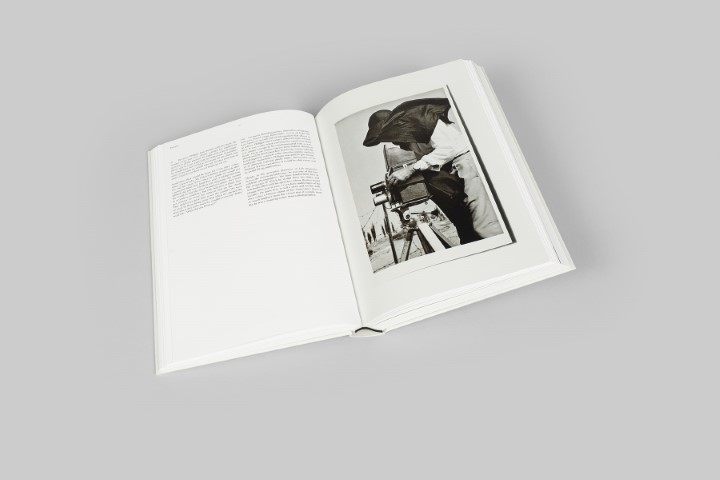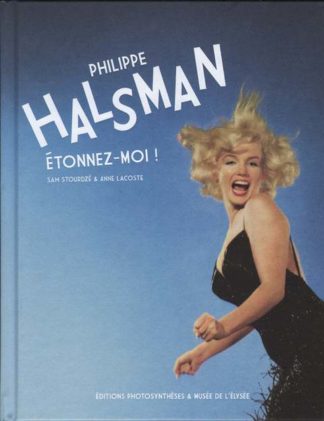Henry Leutwyler a vu pour la première fois le travail de Philippe Halsman adolescent dans une exposition au Centre International de la Photographie en 1979; maintenant, plus de 40 ans plus tard, sa fascination a finalement trouvé son fruit. Avec son approche de marque, à la fois médico-légale et imaginative, il démêle les significations contenues dans les objets inanimés et comment ils révèlent la personnalité de leur propriétaire. En étroite collaboration avec la Halsman Archive, Leutwyler a photographié des centaines d’objets appartenant à Halsman – de ses appareils photo à ses lunettes, de son passeport à une gamme de lettres (de Janet Leigh, Richard Avedon et Richard Nixon, pour n’en nommer que quelques-uns)., des raquettes de ping-pong et des balles à une collection de savons en forme de joyaux, emballés dans du papier, provenant d’un peu partout dans le monde — comme le dit Oliver Halsman Rosenberg, petit fils de Philippe Halsman, — « des preuves magiques d’une époque qui n’existera plus jamais ».
Henry Leutwyler first saw Halsman’s work as a teenager in an exhibition at the International Center of Photography in 1979; now, more than 40 years later, his fascination has finally found fruition. With his trademark approach, both forensic and imaginative, he teases out the meanings held within inanimate objects and how they reveal their owner’s personality. In close collaboration with the Halsman Archive, Leutwyler has photographed hundreds of objects belonging to Halsman—from his cameras to his glasses, from his passport to a range of letters (from Janet Leigh, Richard Avedon and Richard Nixon, to name but a few), from table-tennis bats and balls to a collection of jewel-like, paper-wrapped soaps from around the world—in the words of Halsman’s grandson Oliver Halsman Rosenberg, “magical evidence of a time that will never exist again.”

